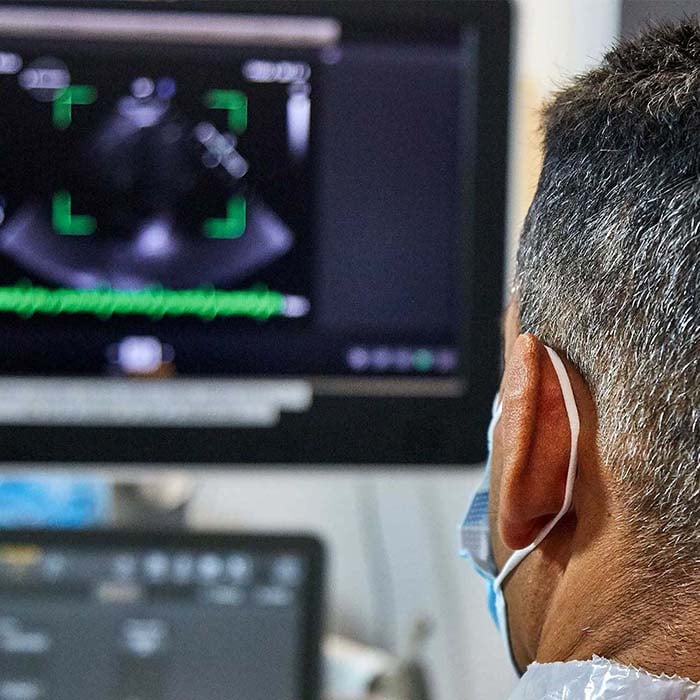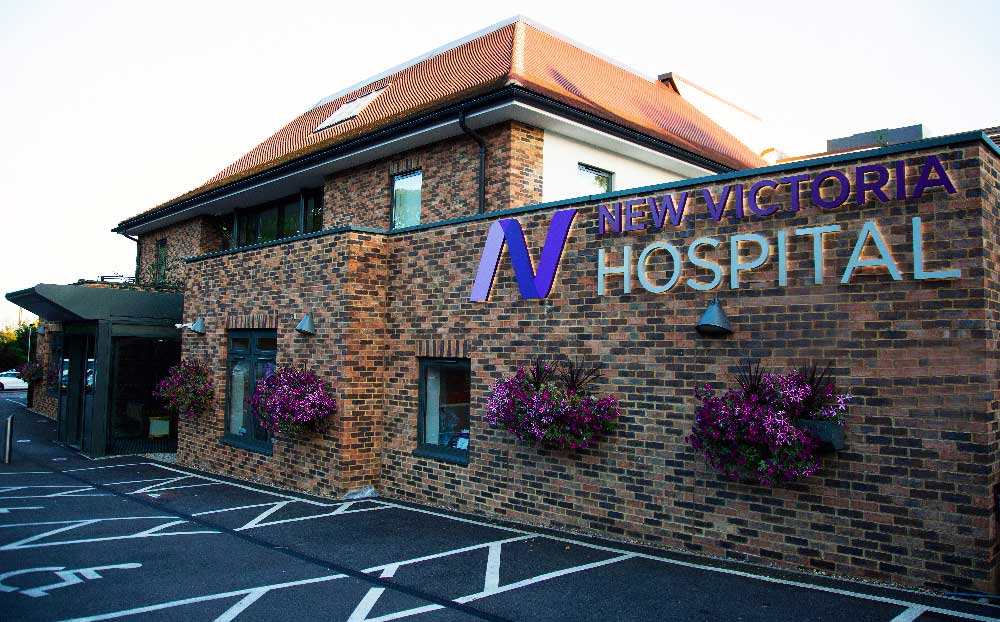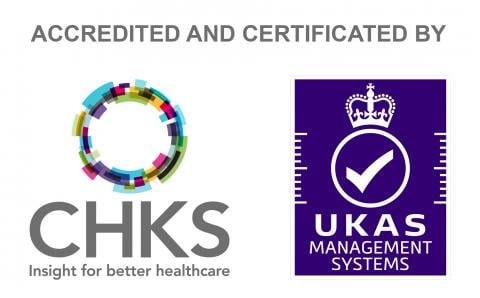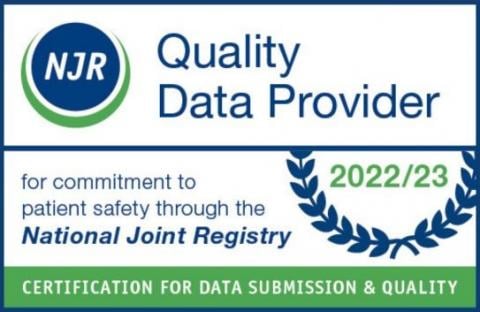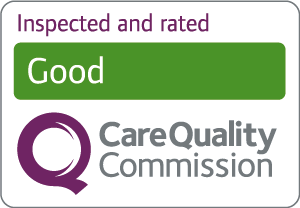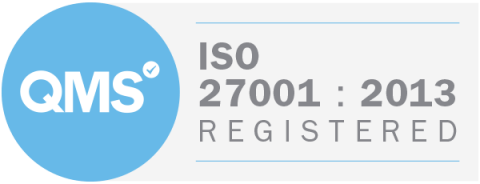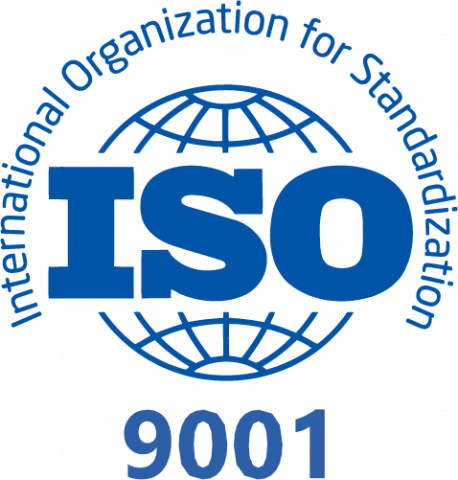The Stress Echocardiogram Procedure at New Victoria Hospital
All Stress Echocardiograms at New Victoria Hospital are carried out by an experienced Consultant Cardiologist with the assistance of a Cardiac Physiologist. Ahead of your appointment you will be informed of anything specific that is required for the test. As you will be exercising as part of the procedure, appropriate shoes and clothes will need to be worn.
Before carrying the test the Consultant will talk you through the intricacies of the procedure and answer any questions you may have. Then the Consultant Cardiologist will begin by attaching you to the echo machine using sticky pads (electrodes). A resting Echocardiogram will then be taken along with a resting heart rate and blood pressure.
After being invited to start exercising on a treadmill, you will first start walking at a slow pace. The doctor will then increase the speed and slope of the treadmill every 3 minutes. Throughout the exercise period you will remain attached to the echo machine, allowing the Consultant to monitor your heart and your blood pressure at various points.
You will stop exercising once you have reached your target heart rate (which is calculated based on your age), or if you experience any symptoms such as chest pain, shortness of breath, dizziness, weakness, or a significant change in blood pressure.
Once off the treadmill, you will lie back down and your Consultant will perform another Echocardiogram whilst your heart rate is still high. You will then stay lying down until your blood pressure and heart rate are back at a resting level. When the Consultant Cardiologist feels you are well enough, they will proceed with removing the electrodes.
While the procedure itself should be pain-free, you may feel a little tired. You will be informed of the test results (generally within 48 hours) by your Consultant Cardiologist who will also review them with you.



